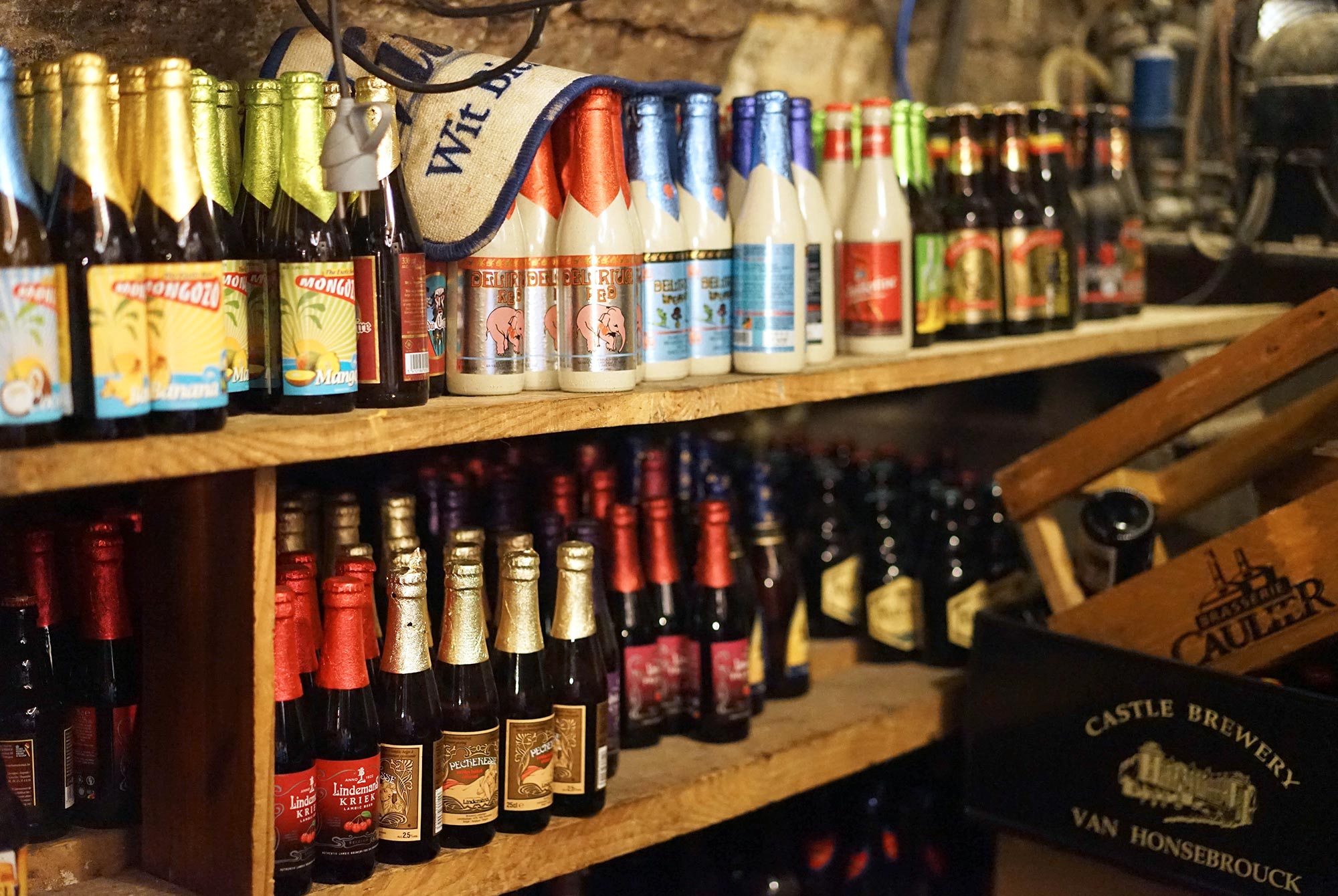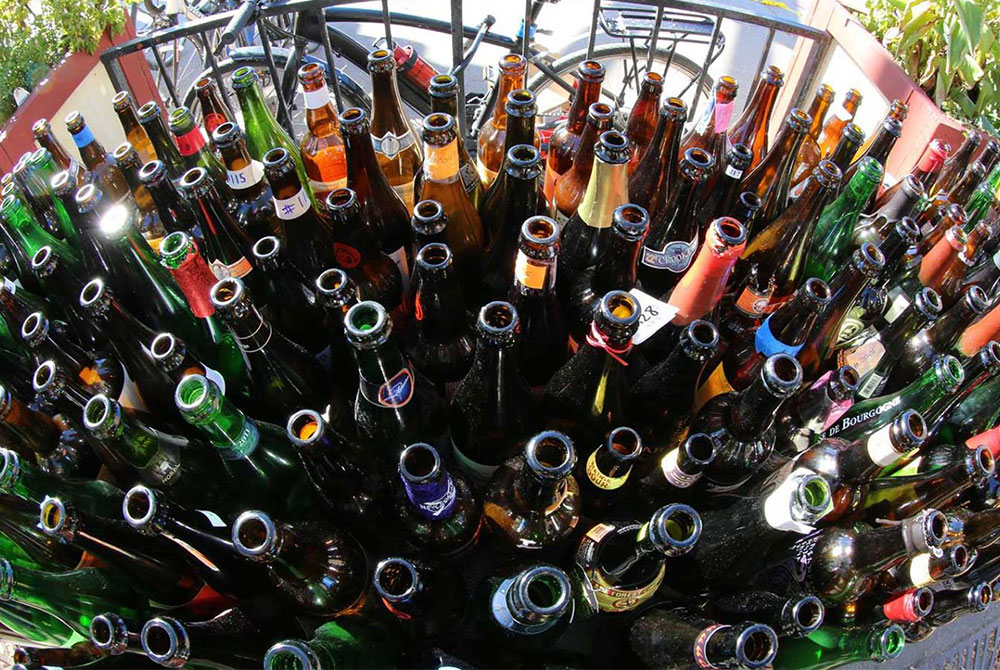Shop
Letter from the Editor: The Importance of Names
Does a beer by any other name truly taste as sweet?
I’ll admit that I’ve always been jealous of people who know their way around wine. It’s a useful skill to be able to read a wine list at a glance. At the very least, you can always impress a date. But the names of wines and wineries don’t stick with me. Cooper’s Hawk sounds like Hawks View sounds like Stags’ Leap sounds like Frog’s Leap. I can never keep them straight in my head.
From the beginning, I’ve always found beers easier to remember than wines. I think part of it has to do with the naming conventions — Hoof Hearted Brewing’s 60 Dollar Nachos and Hoof Hearted Brewing’s Coffee Mom Jeans have much more rememberable variations than 2014 Stags’ Leap Merlot and 2014 Stags’ Leap Cabernet Sauvignon. In my mind, I can clearly see a plate of $60 cheese and bean covered tortilla chips, or a pair of mom jeans. Colorful and interesting label art also helps.
Recently, I visited a bar in Rouen, France, called La Boite a Bieres. Located at the intersection of Rue de Fontenelle and Rue Cauchoise, just up the road from Eglise Sainte-Jeanne-d’Arc, it had one of the best beer lists that I encountered in Rouen, probably the entire country. Had I not been able to recognize anything on the menu, I might have decided to spend some euros elsewhere. But nestled among the menu’s several hundred beers, I recognized Omnipollo and ordered their Hypnopompa Marshmallow Stout. I was happy to spent the money to get something I recognized.
I believe that differentiation makes for a more accessible industry. When people first start trying beer, they might shy away from more expensive beers they don’t recognize. But as they become more familiar with lists, they remember what’s good and what’s bad, and are more willing to spend money on the things they know will please them. With wine, becoming “fluent” in a list is much more difficult, and expensive.
Craft beer isn’t alone in the beverage industry in its ability to successfully differentiate its products. However, it’s one of craft’s strengths, and one that we should continue to support.
The Marshmallow Stout was incredible.
Stay strong, stay true, stay fresh, stay fly,
Kenny Gould
Editor in Chief
What We’re Reading
“Imagine sitting in your favorite pub with a friend who happens to be a world-class expert on beer. That’s this book. It covers the history: how we got from gruel-beer to black IPA in 10,000 years. The alchemy: malts, grains, and the miracle of hops. The variety: dozens of styles and hundreds of recommended brews, divided into four sections — Ales, Wheat Beers, Lagers, and Tart and Wild Ales — and all described in mouthwatering detail. The curiosity: how to read a Belgian beer label; the tale of two Budweisers; porter, the first superstyle; and what, exactly, a lager is. And the pleasure. Because you don’t merely taste beer, you experience it.”
— The back cover of Jeff Alworth’s book, The Beer Bible




